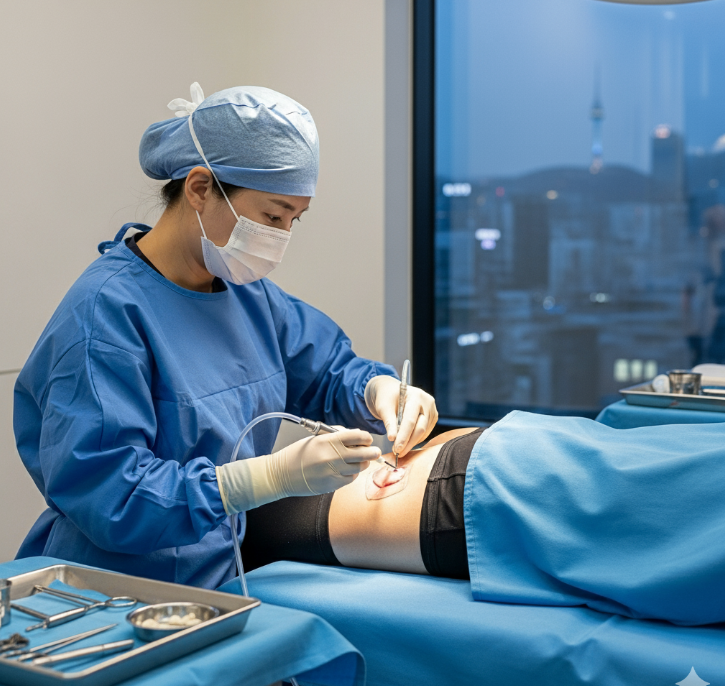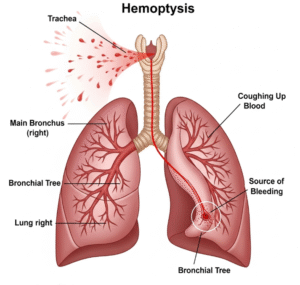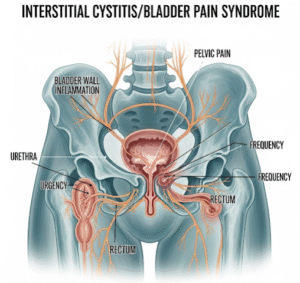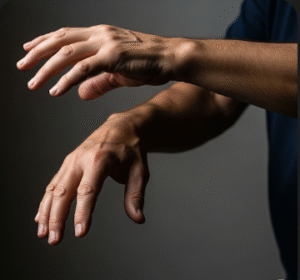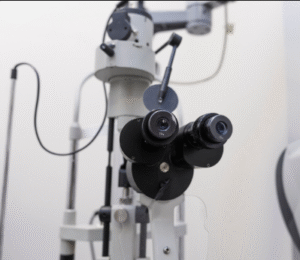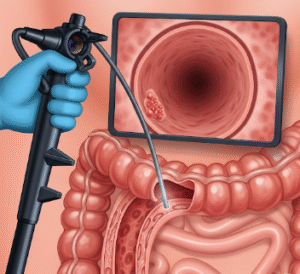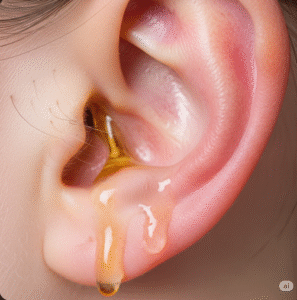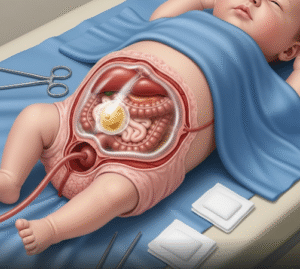What It Is
Hip augmentation with fat transfer is a cosmetic procedure that enhances the width and fullness of the hips by using the patient’s own fat. Fat is harvested through liposuction from areas such as the abdomen, thighs, or flanks, purified, and then carefully injected into the hip area.
This procedure corrects flat or indented hips (commonly known as “hip dips”) and creates a more balanced, hourglass body shape. Unlike implants, fat transfer offers a natural look and feel, while also slimming donor areas for improved body proportions.
Why It’s Done
Patients choose hip augmentation with fat transfer because:
- They want to achieve a curvier, feminine silhouette with a smooth waist-to-hip transition.
- Hip dips make clothing such as dresses, leggings, or swimwear fit unevenly.
- They prefer natural enhancement using their own fat rather than synthetic implants.
- They want dual benefits of body contouring and hip enhancement in one procedure.
Good candidates include:
- Women and men with noticeable hip dips or naturally narrow hips.
- Patients with sufficient donor fat for grafting.
- Individuals in good health, at stable weight, and non-smokers.
Alternatives
- Hip implants: Provide permanent augmentation but involve more invasive surgery and higher risk of complications.
- Dermal fillers: Temporary, non-surgical option for mild enhancement, but results last only months to a year.
- Exercise and muscle building: Can enhance hip curves to some degree but may not fully correct indentations.
Preparation
Before undergoing hip fat transfer in Korea, patients will:
- Have a consultation with a plastic surgeon to assess fat availability and desired hip contour.
- Undergo pre-surgical testing (bloodwork, health check).
- Stop smoking and alcohol 4 weeks before surgery.
- Avoid medications or supplements that increase bleeding.
- Arrange for at least 1–2 weeks of downtime and loose, comfortable clothing for recovery.
How It’s Done
- Anesthesia: Typically performed under general anesthesia.
- Step 1 – Fat harvesting: Liposuction is performed on donor areas such as the abdomen, thighs, or flanks.
- Step 2 – Fat processing: Harvested fat is purified through centrifugation or filtration to isolate healthy fat cells.
- Step 3 – Fat injection: Purified fat is strategically injected into the hip area to correct dips and enhance fullness.
- Duration: 2–3 hours, generally as an outpatient procedure.
Recovery
- First week: Swelling, bruising, and mild discomfort are common in both donor and grafted areas. Pain is controlled with oral medication.
- Mobility: Walking is encouraged soon after surgery, but patients should avoid prolonged pressure on the hips for 2–3 weeks.
- Compression garment: Worn on liposuctioned areas for 4–6 weeks.
- Return to work: Most patients resume light duties after 1 week.
- Exercise: Light activity resumes after 2 weeks; strenuous exercise should wait 4–6 weeks.
- Results: Noticeable improvement within 4–6 weeks, with final results after 3–6 months as fat survival stabilizes.
Possible Complications
- Fat reabsorption (20–40% of transferred fat may not survive, requiring touch-ups).
- Asymmetry or uneven results.
- Temporary swelling, bruising, or numbness.
- Rare risks: infection, fat necrosis, or fat embolism (prevented with careful surgical technique).
Treatment Options in Korea
Diagnosis
Korean surgeons carefully assess body shape, fat availability, and desired contour. 3D body scans may be used to simulate results and plan fat injection sites.
Medical Treatments
For patients without sufficient fat, dermal fillers may be considered as a temporary enhancement option.
Surgical or Advanced Therapies
- Hip fat transfer (autologous grafting) for natural, long-lasting augmentation.
- Hybrid techniques combining fat transfer with implants in select cases.
- VASER liposuction is often used in donor areas for precision contouring before fat grafting.
Rehabilitation and Support
- Scheduled follow-up visits for progress monitoring.
- Scar management and massage therapy for smoother recovery.
- Guidance on lifestyle modifications (avoiding direct pressure on hips during early healing).
- Multilingual support and detailed aftercare instructions for international patients in Korean clinics.

